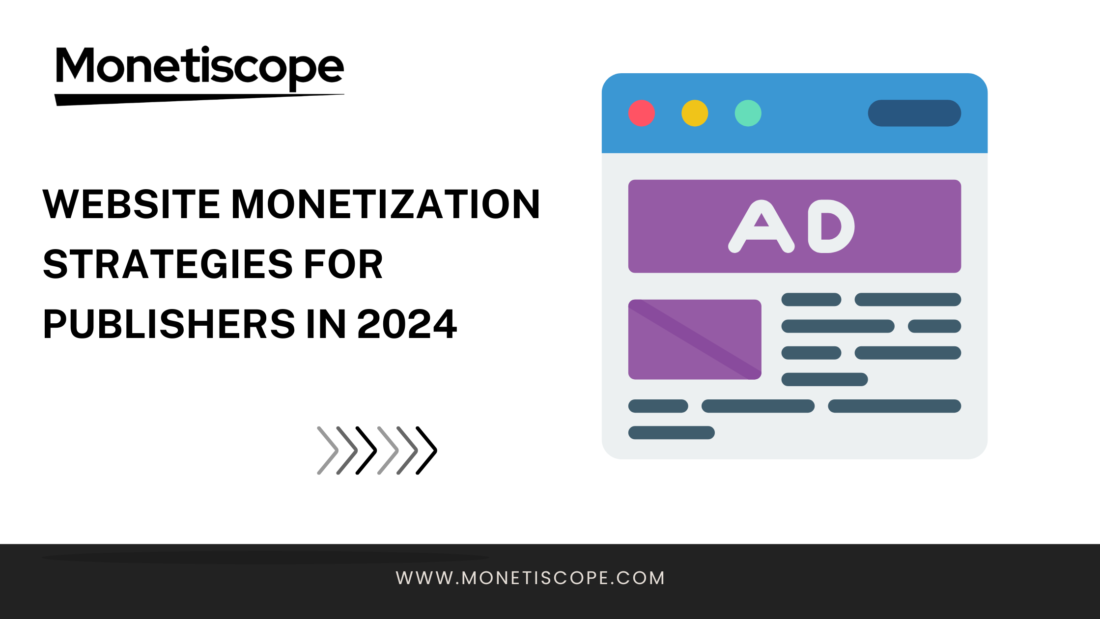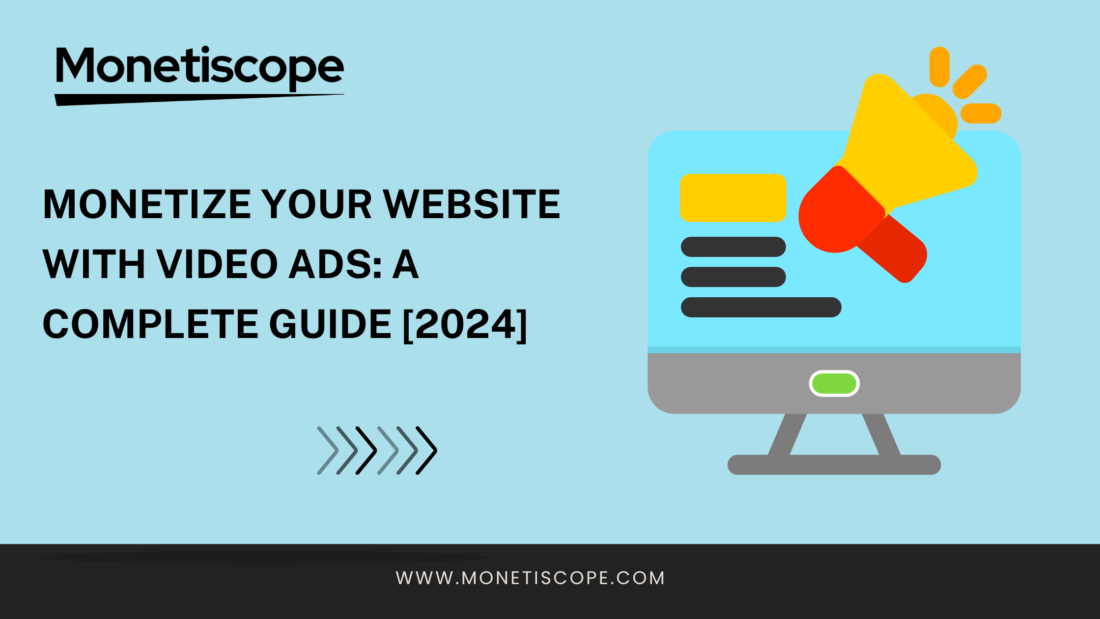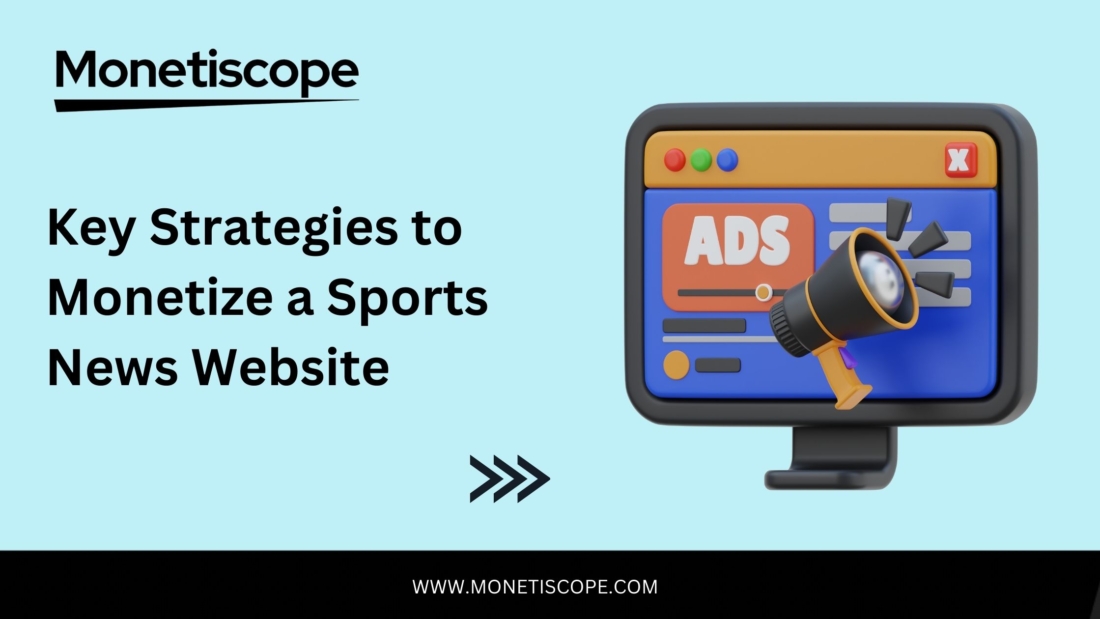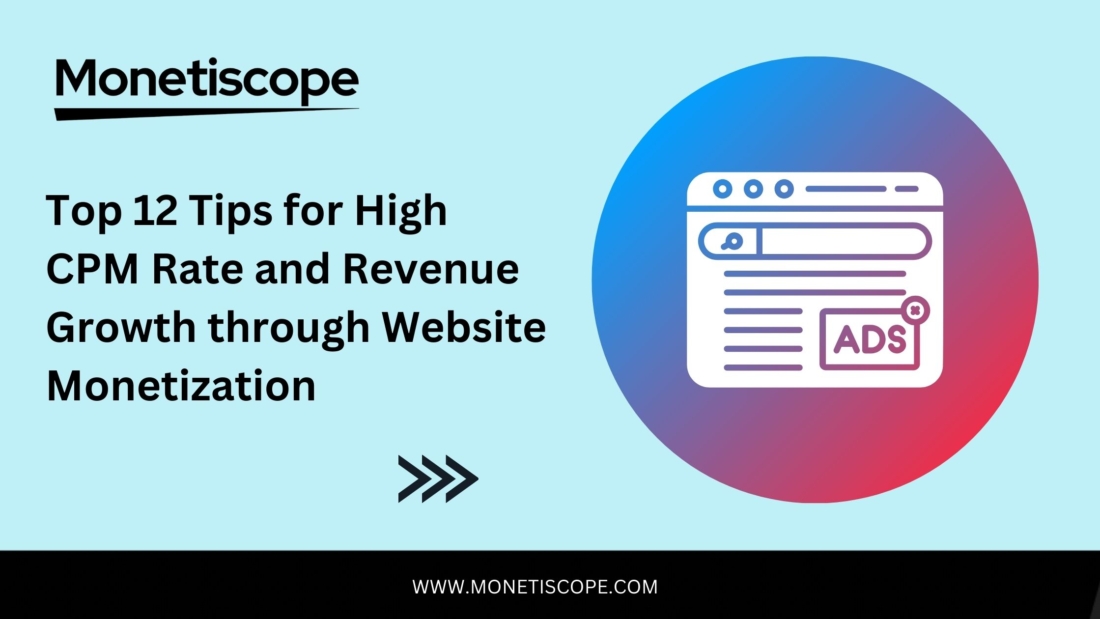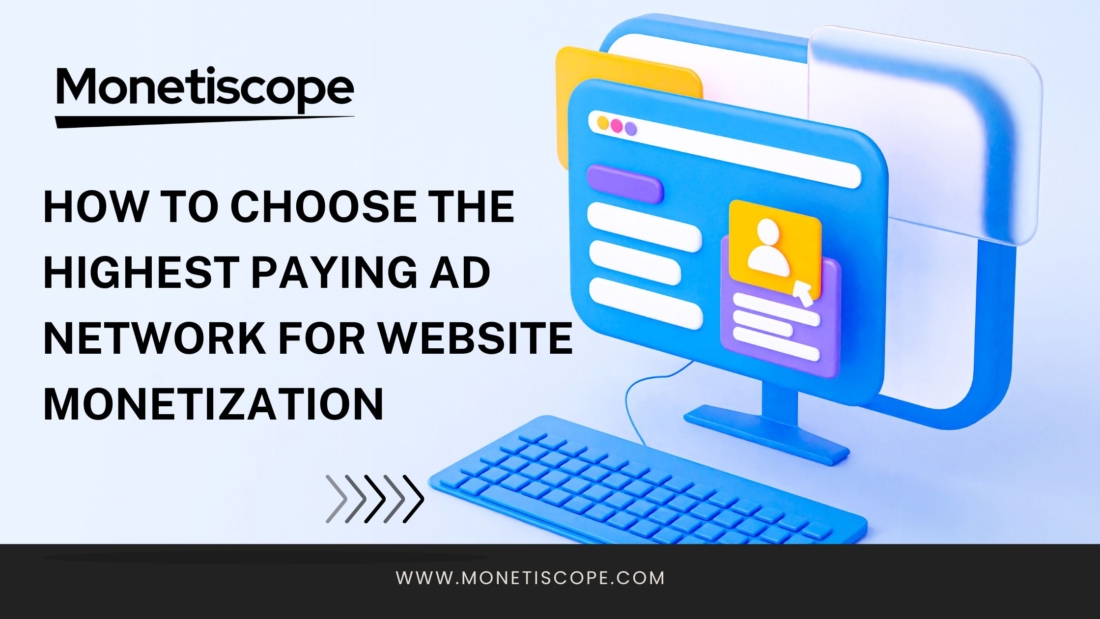In the fast-paced world of digital advertising, header bidding has emerged as a game-changer, revolutionizing how publishers and advertisers interact. Let’s delve deep into the intricacies of header bidding with monetiscope‘s blog, exploring its mechanics, benefits, and why it’s gaining traction over traditional methods like Adsense.
What Is Header Bidding?
Header bidding, also known as pre-bidding or advance bidding, is an advanced programmatic technique that allows publishers to offer their ad inventory to multiple ad exchanges simultaneously before making ad calls to their ad servers. This simultaneous auctioning enables publishers to fetch the highest possible price for their inventory.
How Does Header Bidding Work?
In a nutshell, header bidding works by placing a piece of JavaScript code in the header section of a website’s HTML code. When a user visits the website, this code triggers a simultaneous auction among multiple demand sources or ad exchanges, including SSPs (Supply-Side Platforms) and DSPs (Demand-Side Platforms). The highest bid wins, and the winning ad is displayed to the user.
Why Header Bidding Is Better for Publishers?

1. Increased Revenue: Header bidding fetches higher CPMs by allowing multiple demand sources to bid simultaneously, leading to increased competition and revenue.
2. Greater Control: Publishers have more control over their ad inventory and can prioritize demand partners based on performance and yield.
3. Enhanced Fill Rates: Header bidding reduces ad inventory wastage by ensuring that all impressions are monetized effectively.
Benefits of Header Bidding for Advertisers
1. Access to Premium Inventory: Advertisers gain access to premium ad inventory across a wide range of publishers, enhancing their targeting capabilities.
2. Fair Competition: Header bidding creates a level playing field for advertisers, allowing them to compete fairly for ad placements based on bid value and relevance.
3. Improved Performance: Advertisers can achieve better campaign performance and ROI by accessing high-quality inventory and targeting specific audience segments.
Client-Side Vs. Server-Side Header Bidding: What’s the Difference?
1. Client-Side Header Bidding: This approach involves conducting the auction directly in the user’s browser, allowing for real-time bidding and faster ad serving. However, it can lead to latency issues and may impact page load times.
2. Server-Side Header Bidding: In server-side header bidding, the auction takes place on an external server, reducing latency and improving page load times. It also enables more demand sources to participate in the auction simultaneously.
Why Header Bidding Is Better Than Adsense?
While Adsense is a popular choice for many publishers, header bidding offers several advantages:
1. Increased Competition: Header bidding allows publishers to access a broader range of demand sources, leading to higher competition and better CPMs.
2. Transparency: Header bidding provides transparent auction dynamics, allowing publishers to see bid values and optimize their inventory accordingly.
3. Control: Publishers have more control over their ad inventory and can prioritize demand partners based on performance metrics and revenue goals.
FAQs About Header Bidding
1. What is the purpose of header bidding?
Header bidding aims to maximize ad revenue for publishers by allowing multiple demand sources to bid simultaneously for their ad inventory.
2. How does header bidding benefit publishers?
Header bidding increases revenue by fetching higher CPMs, provides greater control over ad inventory, and enhances fill rates.
3. Is header bidding suitable for small publishers?
Yes, header bidding is beneficial for publishers of all sizes as it democratizes access to demand and boosts revenue potential.
4. What are the key components of header bidding?
The key components include the header bidding wrapper, ad server integration, demand partners, and auction dynamics.
5. What is the difference between first-price and second-price auctions in header bidding?
In a first-price auction, the highest bidder pays their bid amount, while in a second-price auction, the highest bidder pays the second-highest bid amount plus a minimal increment.
6. Can header bidding cause latency issues on websites?
Client-side header bidding may lead to latency issues due to multiple ad calls, but server-side header bidding can mitigate these latency concerns.
7. How can publishers optimize header bidding setup for better results?
Publishers can optimize header bidding by testing and iterating demand partner configurations, implementing lazy loading, and monitoring auction dynamics regularly.
8. Does header bidding work well with programmatic direct deals?
Yes, header bidding can complement programmatic direct deals by offering additional demand sources and maximizing revenue opportunities.
9. Is header bidding compatible with mobile and in-app advertising?
Yes, header bidding is compatible with mobile and in-app advertising, allowing publishers to monetize various digital channels effectively.
10. Can publishers use header bidding alongside other ad monetization strategies?
Yes, publishers can combine header bidding with other ad monetization strategies like Adsense, native ads, and affiliate marketing to diversify revenue streams and optimize yield.
In conclusion, header bidding has transformed the digital advertising landscape, offering unparalleled benefits for publishers and advertisers alike. By understanding its mechanics, benefits, and best practices, stakeholders can leverage header bidding to unlock new revenue opportunities and achieve advertising success in a competitive market.

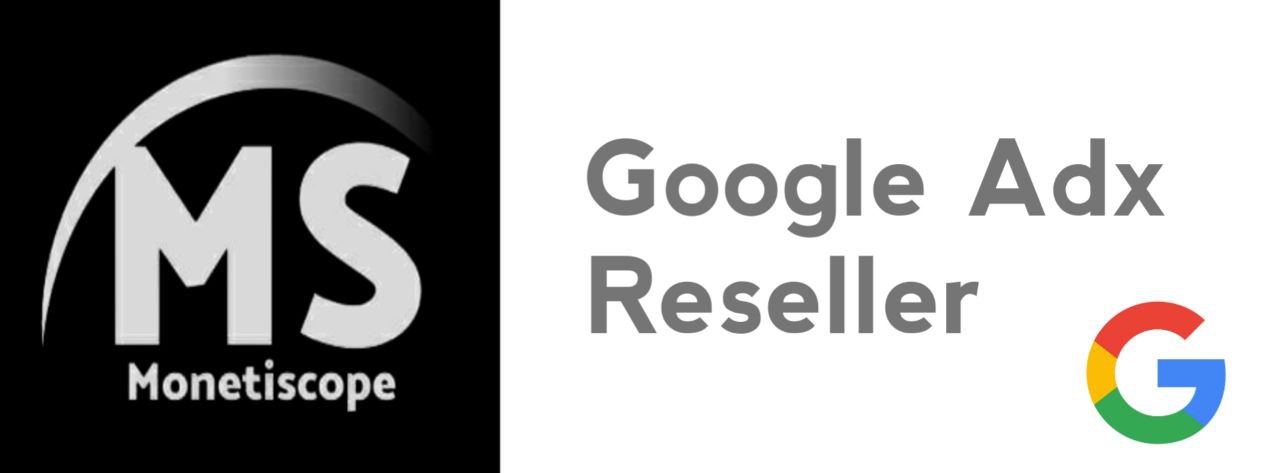

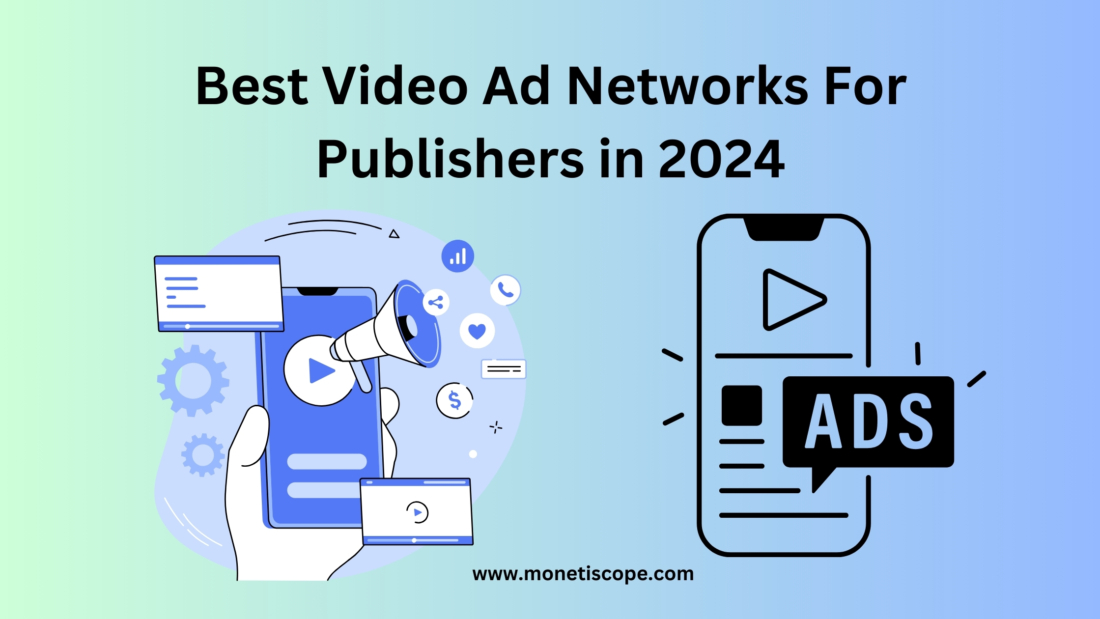
![Maximize App Revenue with Waterfall and Mediation Strategies [2024]](https://monetiscope.com/wp-content/uploads/2024/04/Understanding-Waterfall-and-Mediation-in-App-Monetization-1100x619.jpg)
![Mastering Multiple Customer Management (MCM) in Google Ad Manager: Your Complete Guide [2024]](https://monetiscope.com/wp-content/uploads/2024/04/multiple-customer-management-1100x619.jpg)

